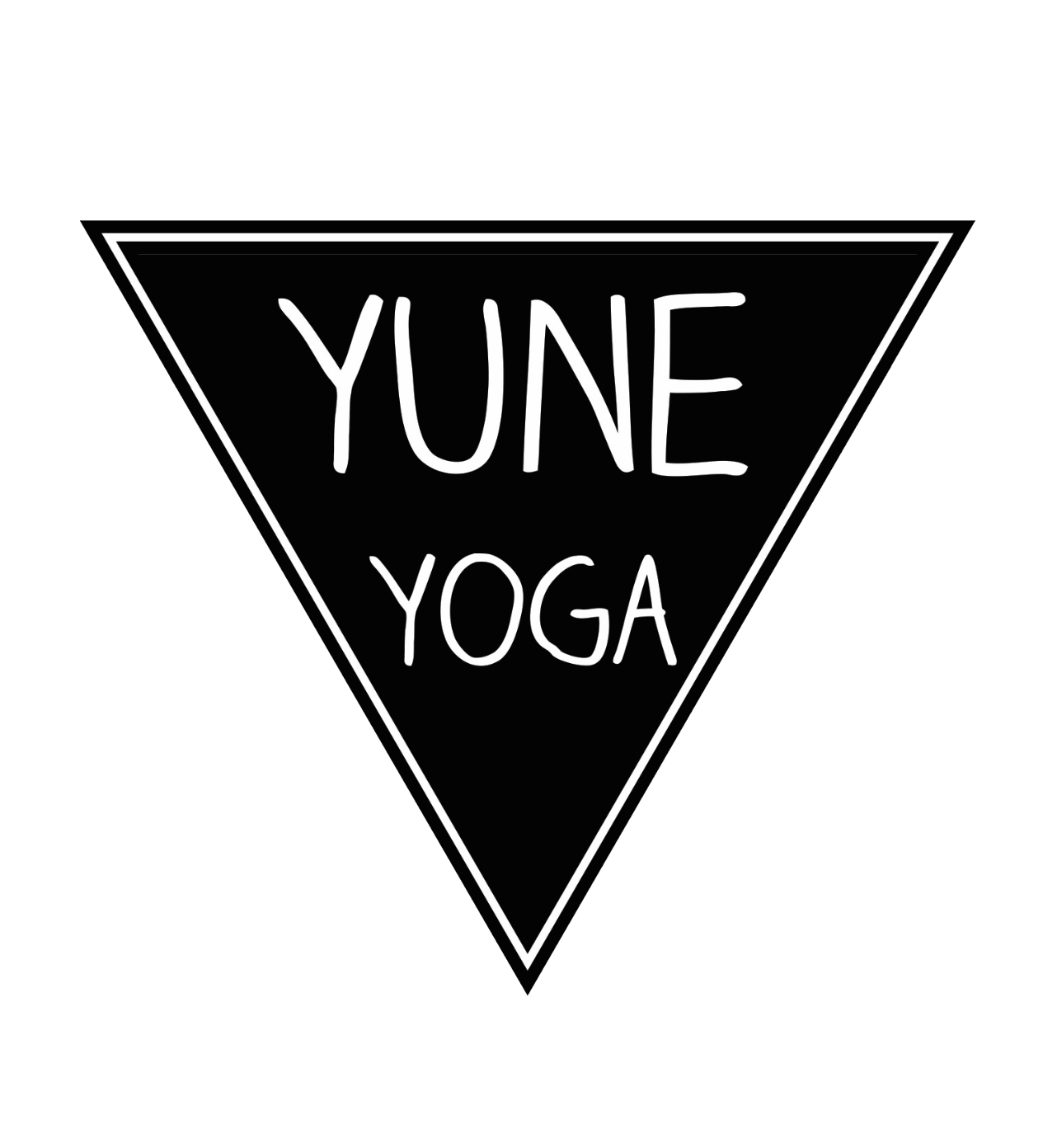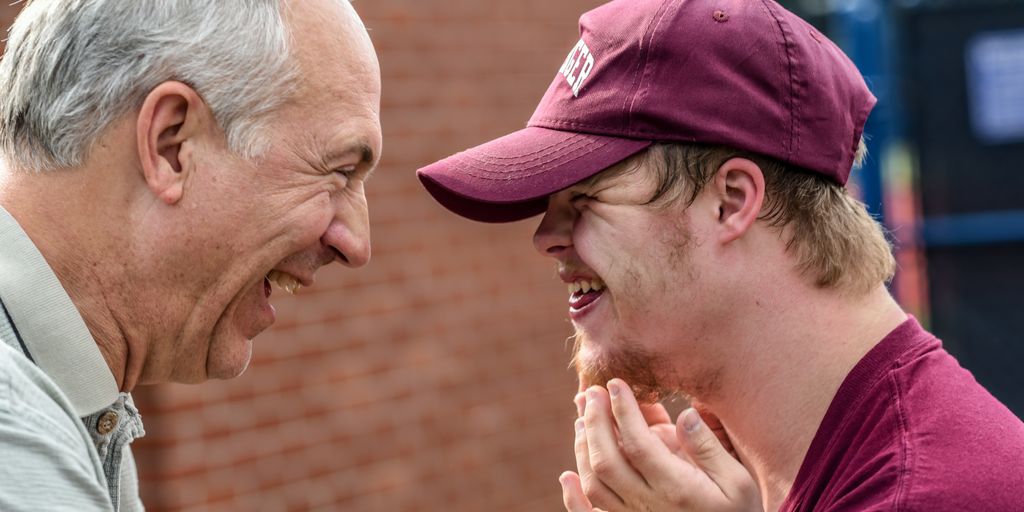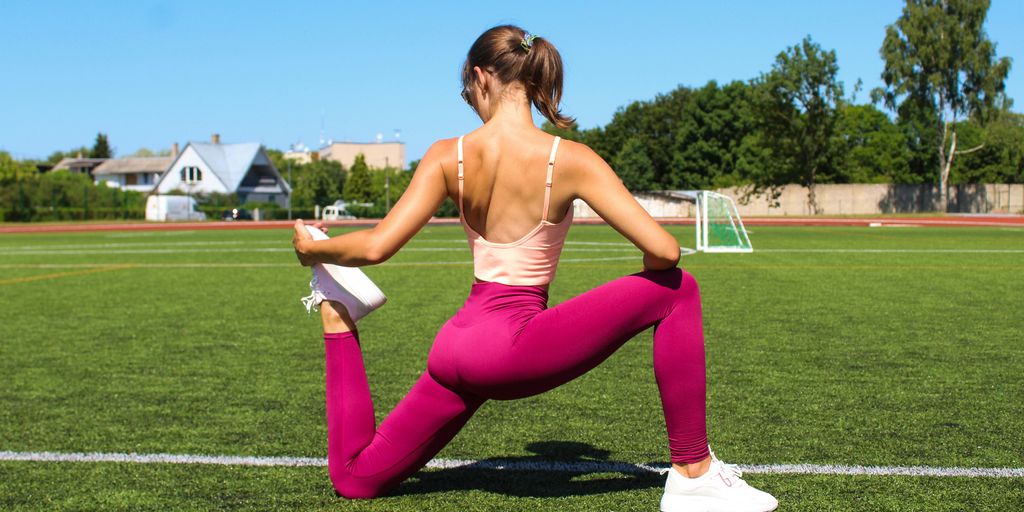
Explore the Many Types of Yoga Classes and Find Your Perfect Fit
Yoga isn't just one thing; there are tons of different types of yoga classes out there, each with its own vibe and goals. Whether you're looking to chill out, get super strong, or just stretch a bit, there's probably a yoga style that's perfect for you. It can feel a little overwhelming trying to figure out where to start, but don't worry. This article will help you understand the various types of yoga classes so you can find your best fit.
Key Takeaways
- Yoga offers many styles, from calming to physically demanding, so you can find one that fits your personal goals.
- Think about what you want from yoga, like better flexibility or stress relief, to help pick the right class.
- Always chat with your doctor before starting any new exercise, including yoga, to make sure it's safe for you.
- Look for instructors who are certified and who encourage you to listen to your body, not push too hard.
- Try out different types of yoga classes and instructors until you find what feels right and keeps you coming back.
Understanding Different Types of Yoga Classes
Yoga isn't just one thing; it's a whole family of practices. It can be a little overwhelming when you're first starting out because there are so many different styles. Some are super chill and focus on relaxation, while others are more intense and physically demanding. The key is to find what works best for you and what you enjoy. Let's explore some of the core elements that differentiate these classes.
Mindfulness and Being Present
At its heart, yoga is about connecting with your breath and body in the present moment. This mindfulness aspect is a thread that runs through almost every style of yoga, though some emphasize it more than others. For example, a Yin or Restorative class will heavily focus on holding poses for longer periods, giving you ample time to turn inward and observe your thoughts and sensations. On the other hand, a faster-paced Vinyasa class might make it harder to stay present, but the focus on linking breath with movement still encourages a mindful state. It's all about finding a balance that suits your personality.
Lengthening and Stretching
Flexibility is a common goal for many people who start yoga, and for good reason. Many styles of yoga incorporate poses designed to lengthen muscles and increase range of motion. Hatha yoga yoga for beginners, often considered a foundational practice, includes a variety of stretches held for several breaths. Other styles, like Iyengar, use props to help you achieve proper alignment and deepen stretches safely. Even more dynamic styles like Ashtanga include stretching elements as part of the overall sequence. Regular stretching can improve posture, reduce muscle soreness, and prevent injuries.
Physical and Spiritual Elements
Yoga is more than just a physical workout; it also has a spiritual dimension for those who seek it. While some classes focus primarily on the physical postures (asanas), others incorporate elements like meditation, chanting, and philosophy. Styles like Kundalini yoga are deeply rooted in spiritual practices, aiming to awaken energy and promote inner awareness. Even in more physically focused classes, instructors may weave in themes of gratitude, self-acceptance, or connection to something larger than oneself. It's up to you to decide how much of the spiritual aspect you want to embrace in your practice.
Yoga is a journey, not a destination. It's about exploring different styles, finding what resonates with you, and adapting your practice to meet your needs. Don't be afraid to try new things and see what feels right. The most important thing is to listen to your body and honor its limitations.
Finding Your Ideal Yoga Practice
Finding the right yoga practice can feel like a journey, but it's a worthwhile one. There are so many different styles and instructors out there, it's all about finding what clicks with you. It's like test-driving cars – you gotta try a few before you know which one feels right.
Defining Your Yoga Goals
First things first, what do you actually want to get out of yoga? Are you looking to chill out, get stronger, or maybe both? Knowing your goals is key. Here's a few common ones:
- Boosting flexibility
- Building strength
- Reducing stress
- Improving mindfulness
Think about what you're hoping to achieve, and that'll help narrow down your options. For example, if you're after serious relaxation, a super intense power yoga class probably isn't the best fit. If you are looking for trauma relief, consider a class geared towards that.
Exploring Various Class Styles
Now for the fun part: trying different classes! Don't be afraid to hop around and sample a few styles. Most studios offer introductory deals or drop-in rates, so you can test the waters without committing to anything long-term. Consider these options:
- Hatha: A good starting point, usually slower-paced and focuses on basic poses.
- Vinyasa: More dynamic, links movement with breath. Can be a good workout.
- Restorative: Super chill, involves holding poses for longer periods with props for support.
- Ashtanga: A set sequence of poses, physically demanding.
It's easy to get overwhelmed by all the choices, but remember, there's no right or wrong answer. The best yoga style is the one you enjoy and that makes you feel good.
Consulting Your Healthcare Provider
Before you dive headfirst into a new yoga routine, it's always a good idea to check in with your doctor, especially if you have any existing health conditions or injuries. They can give you the green light and offer any specific recommendations or modifications you might need. It's better to be safe than sorry! Also, make sure the yoga teacher is certified.
Key Considerations for Choosing a Yoga Class

Choosing the right yoga class can feel overwhelming with so many options available. It's not just about finding a workout; it's about finding a practice that fits your needs and helps you grow. Here's what I think about when I'm trying out a new yoga class.
Instructor Qualifications and Support
The instructor can make or break your yoga experience. You want someone who knows their stuff and can guide you safely. I always check if they have proper certification from a recognized organization like Yoga Alliance. A good instructor should:
- Encourage you to listen to your body and not push beyond your limits.
- Emphasize breathwork throughout the class.
- Offer modifications for poses based on your abilities, using props or chairs as needed.
It's also important that the instructor creates a welcoming and supportive environment. You should feel comfortable asking questions and getting personalized attention. If the instructor seems dismissive or doesn't offer adjustments, it might not be the right fit.
Comfort and Inclusivity in Classes
Yoga is for everyone, regardless of age, body type, or experience level. The studio should feel like a safe space where you can be yourself without judgment. Look for classes that promote inclusivity and avoid competition. You should be able to advance at your own pace without feeling pressured to keep up with others. All yoga studios should offer descriptions of their classes.
Experimenting with Different Types of Yoga
Don't be afraid to try different styles and teachers. What works for one person might not work for another. Explore various types of yoga to find what resonates with you. Maybe you'll love the intensity of Ashtanga, or perhaps you'll prefer the gentle flow of restorative yoga. The key is to keep an open mind and see what feels right for your body and mind.
Here's a simple table to help you compare different yoga styles:
| Style | Intensity | Focus | Benefits |
|---|---|---|---|
| Hatha | Gentle | Basic poses, breathwork | Relaxation, stress reduction |
| Vinyasa | Moderate | Flowing sequences | Strength, flexibility, cardiovascular health |
| Restorative | Very Gentle | Passive poses, relaxation | Deep relaxation, stress relief |
| Ashtanga | Intense | Set sequence of poses | Strength, stamina, discipline |
Incorporating Yoga Into Your Routine
So, you're ready to make yoga a regular thing? Awesome! It's not always easy to fit it in, but trust me, it's worth it. Let's talk about how to actually make yoga a part of your life, not just something you think about doing.
Benefits of Diverse Yoga Styles
One of the coolest things about yoga is that there are so many different styles. Don't feel like you have to stick to just one! Mixing it up can keep things interesting and work different parts of your body and mind. For example:
- Hatha: Great for beginners, focusing on basic poses and breathing.
- Vinyasa: A more dynamic flow, linking movement with breath.
- Restorative: Super relaxing, using props to support your body in gentle poses.
Trying different styles can help you discover what you enjoy most and what your body needs on any given day. It's like having a toolbox of yoga practices to choose from!
Flexibility in Practice Locations
Who says you need a fancy studio to do yoga? One of the best things about yoga is that you can do it almost anywhere. Of course, studios are great for the community and instructor guidance, but don't underestimate the power of practicing at home. Here are some ideas:
- Home: Roll out your mat in your living room, bedroom, or even your backyard.
- Outdoors: Find a park, beach, or other natural setting for a refreshing practice.
- Travel: Pack a travel mat and practice in your hotel room or on the go.
Finding a location that works for you can make it easier to stick with your practice. Don't be afraid to get creative and find what feels good!
Sustaining a Regular Yoga Practice
Okay, so you've tried a few classes and found a style you like. Now, how do you make it a habit? Here are a few tips that have helped me:
- Schedule it: Treat your yoga practice like any other important appointment. Put it in your calendar and stick to it.
- Start small: Even 15-20 minutes of yoga can make a difference. Don't feel like you have to do a full 90-minute class every time.
- Find an accountability buddy: Practicing with a friend can help you stay motivated and committed. Yoga conditioning is a great way to build resistance training into your weekly yoga practice.
Consistency is key when it comes to yoga. Even if you only practice a few times a week, you'll start to notice the benefits over time. Just keep showing up for yourself and your practice!
Exploring Diverse Yoga Styles
Yoga isn't a one-size-fits-all kind of thing. There's a huge range of styles out there, each with its own focus and intensity. Finding the right one can make all the difference in sticking with it and actually enjoying your practice. It's like trying different flavors of ice cream to find your favorite!
Hatha Yoga for Beginners
Hatha is often considered the foundation for many other yoga styles. It's a great starting point if you're new to yoga because it focuses on the basics: postures (asanas) and breathing techniques (pranayama). Expect a slower pace, with poses held for several breaths, allowing you to really understand the alignment and feel of each position. It's all about building a solid base of strength, flexibility, and body awareness. Hatha yoga for beginners is a good choice.
Dynamic Ashtanga and Power Yoga
If you're looking for something more physically challenging, Ashtanga and Power Yoga might be your jam. Ashtanga follows a specific sequence of poses, linking movement with breath in a continuous flow. It's intense and builds heat, strength, and stamina. Power Yoga is a more modern adaptation of Ashtanga, offering more variety in the sequences and often incorporating music. Both are great for building strength and getting a good workout. Be prepared to sweat!
Restorative and Slow Flow Options
On the opposite end of the spectrum, Restorative and Slow Flow yoga are all about relaxation and stress reduction. Restorative yoga uses props like blankets and bolsters to support the body in comfortable positions, allowing you to completely relax and release tension. Slow Flow, as the name suggests, moves at a slower pace than other styles, emphasizing mindful movement and deep breathing. These practices are perfect for when you need to unwind and de-stress. It's like a restorative yoga session for your soul.
I remember trying a Restorative class after a particularly stressful week at work. I was amazed at how much tension I was holding in my body. By the end of the class, I felt like I had completely reset. It's now my go-to when I need to recharge.
The Benefits of a Consistent Yoga Practice
Improved Flexibility and Strength
Okay, so you've been going to yoga, like, sometimes. But what happens when you actually make it a regular thing? Well, for starters, expect to touch your toes a little easier. Consistent yoga practice seriously boosts flexibility. It's not just about bending over, though. You'll find yourself moving with more ease in everyday life. Plus, holding those poses? That builds strength, especially in your core, legs, and arms. Think of it as sneaky strength training. You might not be lifting weights, but you're definitely getting stronger.
Stress and Trauma Relief
Life is stressful, right? Work, family, just existing in 2025... it all adds up. Yoga can be a real game-changer here. It's not just stretching; it's about connecting your mind and body. Focusing on your breath and movement helps calm your nervous system. This can be especially helpful for stress and trauma relief. It's like hitting the reset button on your brain. I've noticed that after a good yoga session, I'm way less likely to snap at my family (which is a win for everyone).
Yoga helps activate a relaxation response that counters chronic stress. It's like a mini-vacation for your mind and body, helping you deal with daily pressures more effectively.
Path to Self-Discovery
Yoga is more than just poses; it's a journey inward. As you become more aware of your body and breath, you also become more aware of your thoughts and emotions. This self-awareness can lead to some pretty profound insights. You might start to understand why you react to certain situations the way you do, or what your true values are. It's a process of peeling back layers and getting to know yourself on a deeper level. It's not always easy, but it's definitely worth it. It's like unlocking a secret part of yourself that you never knew existed. It can be a real path to self-discovery.
Here's a quick look at some of the benefits you might experience:
- Increased body awareness
- Improved emotional regulation
- A greater sense of inner peace
Conclusion
So, there you have it! There are tons of yoga styles out there, and finding the right one for you is a bit like trying different ice cream flavors. You just keep trying until you find what you like best. Don't be afraid to try different classes, teachers, and styles. The cool thing about yoga is that it helps you really connect with yourself and figure out what works for you. Keep trying different types until you find something that feels right. Soon enough, you might have your own routine at home, or maybe you'll love going to a studio, or even practicing online. Whatever it is, just find what keeps you coming back to your mat.
Frequently Asked Questions
What are the main benefits of practicing yoga?
Yoga offers many benefits! It can make your body more flexible and stronger, help you feel less stressed, and even aid in healing from tough experiences. It's also a great way to learn more about yourself and find inner peace.
How many different types of yoga exist?
There are many kinds! Some focus on calming your mind, others on deep stretching, and some are more active and build strength. You can find gentle, slow-paced classes or fast, energetic ones. There's a style for almost everyone.
How do I choose the right yoga class for me?
To find the best fit, first think about what you want from yoga—like better flexibility or stress relief. Then, try out different class styles and teachers. It's like trying different ice cream flavors until you find your favorite!
Should I talk to my doctor before starting yoga?
It's a good idea to talk to your doctor before starting any new exercise, including yoga. This is especially important if you have any health issues or injuries, to make sure it's safe for you.
What should I look for in a yoga instructor?
A good yoga teacher should be certified and encourage you to listen to your body, not push too hard. They should also focus on breathing exercises and help you change poses if needed, so you feel comfortable and safe.
Where can I practice yoga?
You can practice almost anywhere! Many people go to yoga studios, but you can also do yoga at home with online classes or apps. The most important thing is to find a place where you feel comfortable and can focus.


